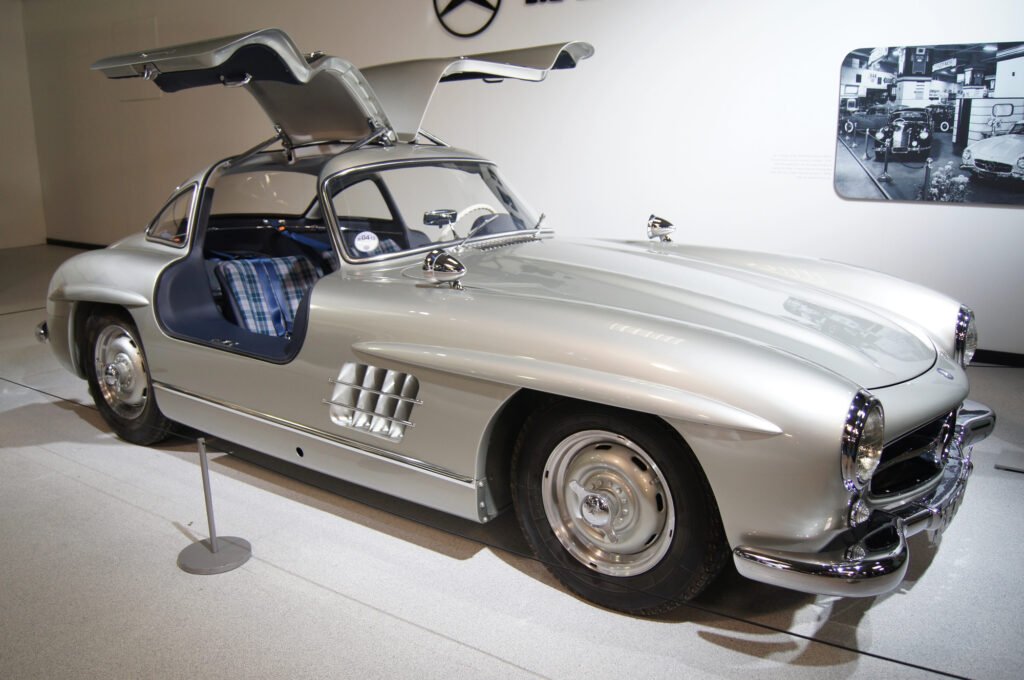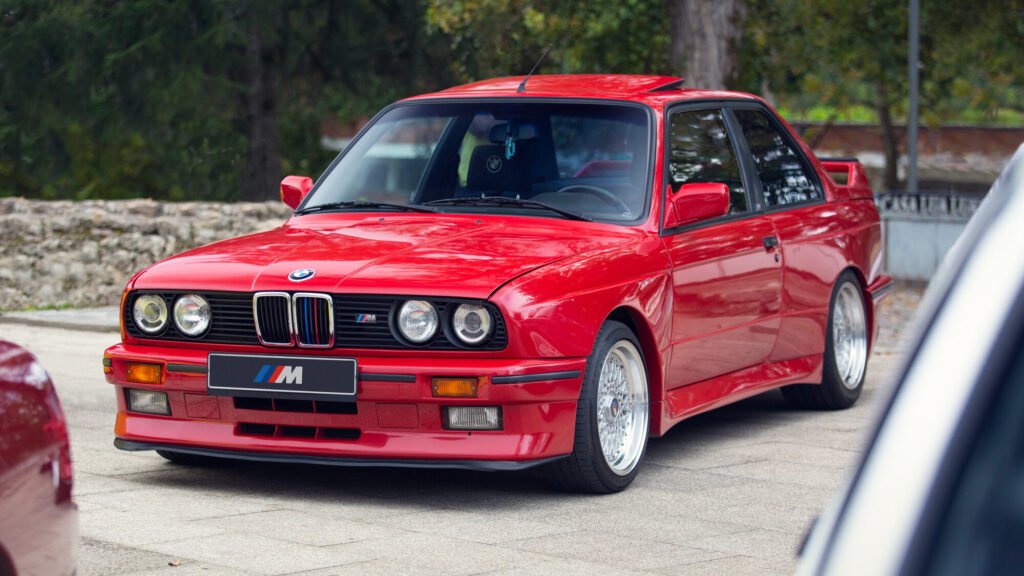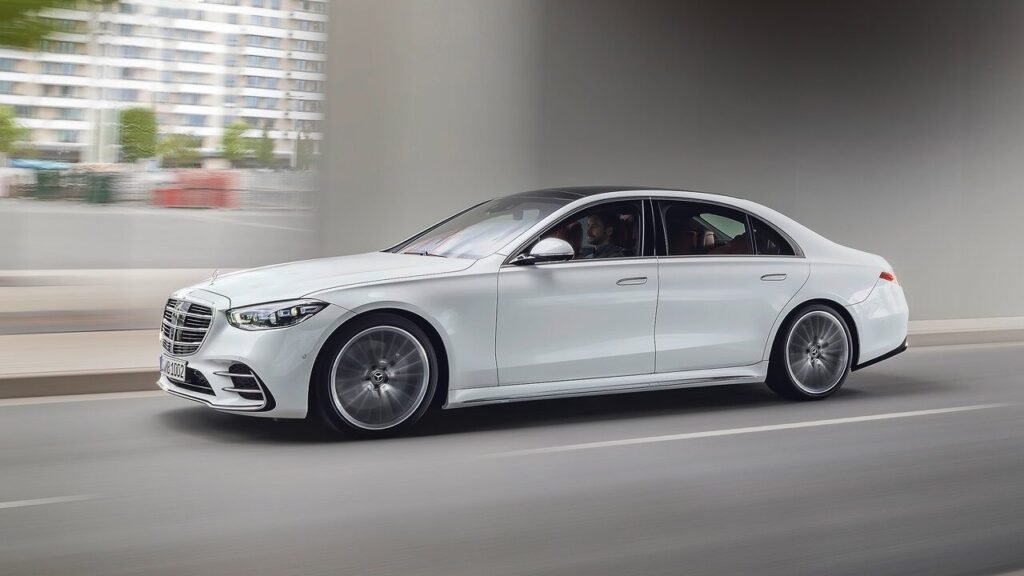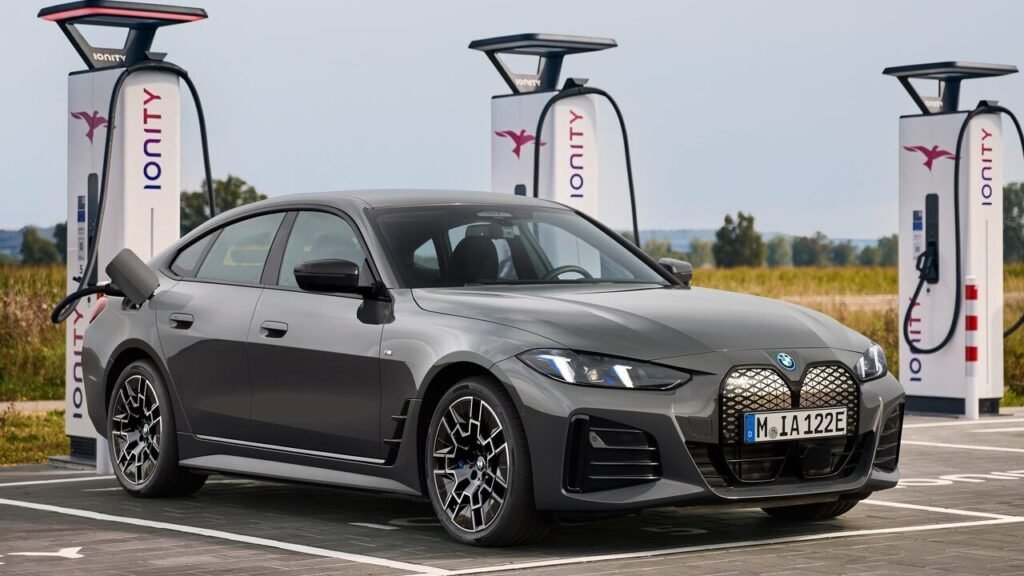The German luxury car landscape has long been shaped by two formidable names: Mercedes-Benz and BMW. Each brand leverages a storied history, cutting-edge engineering, and high-performance divisions that consistently push boundaries.
Yet, despite their shared homeland and prestige, both target different demographics and philosophies—one leaning towards unparalleled comfort and timeless elegance, the other staking a claim as the ultimate driving machine.
Historical Roots and Brand Evolution
Mercedes-Benz
Mercedes-Benz can trace its origins to Karl Benz’s pioneering invention of the gasoline-powered automobile in 1886, a landmark that established the brand as a catalyst for modern mobility. Over the decades, it introduced groundbreaking technologies such as crumple zones (1959) and ABS (1978, in partnership with Bosch), consistently setting new standards in safety and engineering.

Iconic models like the 300SL Gullwing helped shape the brand’s reputation for luxury, innovation, and distinctive design. Today’s lineup includes everything from the S-Class—often the first choice of heads of state—to the GLE, regarded by some as the “soccer mom’s SUV” yet still undeniably premium.
BMW
BMW (Bayerische Motoren Werke) began in aircraft engines before shifting to automobiles with the Dixi in 1928. The company soon established itself as a performance-oriented manufacturer, emphasizing chassis balance and dynamic handling.

Legendary models include the E30 M3, which dominated touring car championships, and the E23 7-Series, praised for its composed ride and direct steering—a revelation at the time for many enthusiasts. Alongside motorsport triumphs, BMW’s M division produced engineering marvels such as the S70/2 V12 engine in the McLaren F1. The brand’s reputation for driving dynamics was so strong that slogans like “Sheer Driving Pleasure” naturally resonated with buyers seeking a more youthful, athletic image.
Engineering Philosophies and Technological Highlights
Mercedes-Benz: Refinement and Prestige
Historically, Mercedes-Benz focused on a blend of luxury and engineering prowess. Its modern performance wing, AMG, has introduced hand-assembled powerplants like the M156 6.2L V8 and the M178 4.0L biturbo V8, delivering immense torque with refined power delivery. The brand’s suspension systems, such as Active Body Control (ABC), showcase a commitment to unmatched ride comfort and body roll mitigation.
In recent years, Mercedes has ventured into electrification via its EQ lineup, exemplified by the flagship EQS, integrating advanced battery management and software-driven driving assistance.
BMW: The Ultimate Driving Dynamics
BMW’s legacy lies in inline-six engines, near 50:50 weight distribution, and a chassis that prioritizes engagement. Notable advancements include Valvetronic and Double VANOS, enabling sophisticated valve control for enhanced efficiency and power. The B58 inline-six and S58 M-performance engines exemplify modern BMW engineering—refined, turbocharged units known for robust reliability and responsiveness.
BMW’s xDrive all-wheel-drive system retains a rear bias for a sportier feel, contrasting with Mercedes-Benz’s more neutral 4MATIC approach. In flagship sedans like the 7-Series (G11/G12), Carbon Core construction uses carbon-fiber-reinforced plastic for enhanced rigidity without excessive weight gain.
Performance Showdown: Real-World Example
Comparing equivalent trims highlights subtle yet significant differences:
| 2024 Mercedes C300 4Matic | 2024 BMW 330i xDrive | |
|---|---|---|
| Type | Turbocharged inline-4 | Turbocharged inline-4 |
| Power | 255 hp @ 5800 rpm | 255 hp @ 6500 rpm |
| Torque | 295 lb-ft @ 2000 rpm | 295 lb-ft @ 1550 rpm |
| Transmission | 9-speed automatic | 8-speed automatic |
| EPA (city/hwy) | 23/33 mpg | 25/34 mpg |
| 0 – 60 mph | 5.3 sec | 5.2 sec |
| Top Speed | 129 mph | 156 mph |
While the C300 4Matic edges ahead in ride quality and overall NVH (noise, vibration, harshness), the 330i xDrive exhibits marginally better efficiency, acceleration, and top speed. Mercedes-Benz tends to dominate in pure luxury appointments, while BMW preserves its athletic edge.
Design and Safety Considerations
Mercedes-Benz pursues timeless elegance with flowing lines and subdued aggression, whereas BMW typically aims for a sharper, performance-oriented stance. Both brands, however, are updating their front-end aesthetics: BMW’s ever-expanding kidney grille and Mercedes’ evolutionary front fascia changes.
In terms of safety, IIHS 2024 Top Safety Picks include five BMW models and three Mercedes-Benz models. While Mercedes long enjoyed a reputation for class-leading safety, recent BMW improvements demonstrate a concerted effort to close (and sometimes surpass) that gap.

Brand Image and Demographics
The S-Class commands deference worldwide, often chosen by diplomats and business moguls. Meanwhile, vehicles like the E-Class moonlight as high-end taxis in many European cities, showcasing the brand’s versatility. BMW, on the other hand, targets a slightly younger demographic. Even entry-level models such as the 3-Series cultivate a reputation for sporty handling and driver-centric design, reinforced by the brand’s motorsport involvement.

Electrification and Future Outlook
Rising global demand for sustainable transportation and stringent emissions laws drive both brands to broaden their electric and hybrid offerings. Mercedes-EQ and BMW i reflect parallel but distinct takes on electrified luxury:
- Mercedes-EQ extends the brand’s comfort-oriented heritage into EVs like the EQS and EQC, featuring advanced interior tech and a focus on ride smoothness.
- BMW i highlights dynamic handling in models such as the i4 and iX, bridging the gap between sporty driving and electric efficiency.
These initiatives ensure both brands remain relevant as upstarts like Tesla and emerging Chinese EV makers disrupt the market. Some enthusiasts remain wary of newer EV companies’ reliability and build quality, preferring established German craftsmanship.
Conclusion
Debates over Mercedes-Benz versus BMW often revolve around subjective priorities: unassailable luxury and ride comfort, or razor-sharp dynamics and performance. Mercedes-Benz provides hallmark refinement and prestige, while BMW fosters a more youthful, driver-centric personality—even though each has lines that cater to broader tastes.
If you’re thinking about diving into the Mercedes-Benz lineup especially when it comes to dependable used SUVs check out The Best Used Mercedes-Benz SUVs for some great suggestions. For more car tips and tricks don’t forget to save our homepage or check out our YouTube channel where we dig into detailed car reviews and buying tips. Both brands are really pushing the envelope with their tech safety and electric options making things more interesting and competitive as we move forward.
Disclaimer: This article is meant to offer general information and should not be taken as professional advice. The cost estimates provided are approximate and can vary based on several factors. For any car-related concerns, always consult a certified mechanic or your local dealership.

